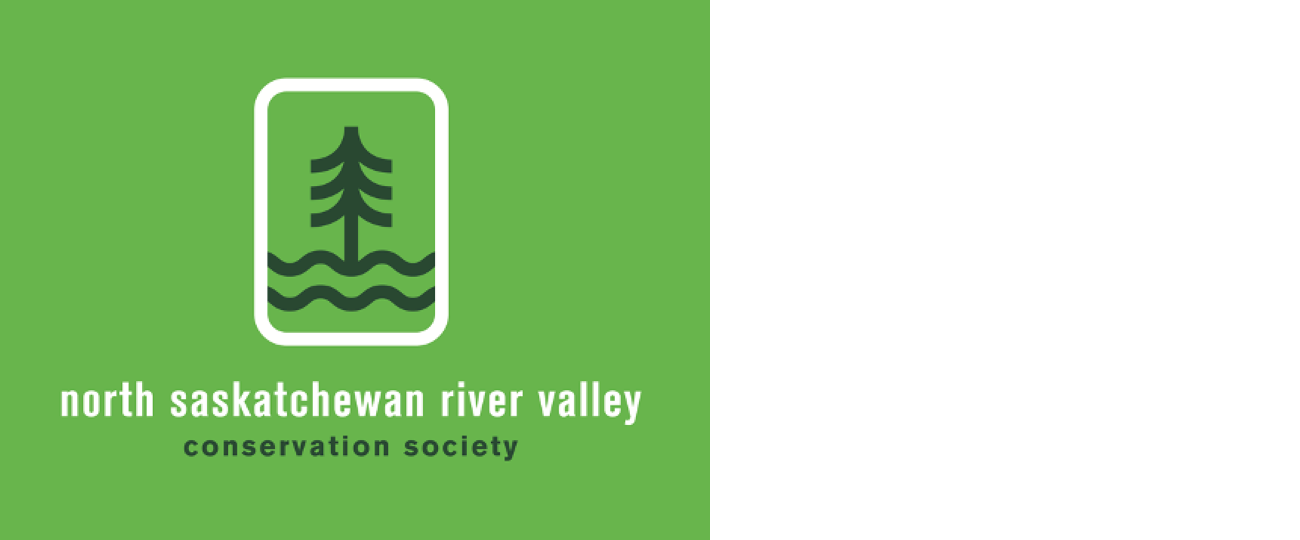YEG will keep control if river valley becomes a national urban park
Harmony Wolgemuth photo
Urban planning committee voted to recommend that council proceed to the planning stage of the National Urban Park initiative. While Mayor Sohi advocated for the river valley’s national urban park status, he said certain things are non-negotiable for him.
“One of them is there will not be a transfer of river valley lands to the federal government,” he said during the meeting. “That Edmontonians will retain ownership and control of the river valley, that land use and other permitted activities are determined by the City of Edmonton as we do now, and that access to the river valley will be same for Edmontonians as it has always been, which is free of charge.”
Theo Peters, spokesperson for Métis Nation of Alberta, told councillors a survey found a majority of its citizens approve of the river valley as a national urban park, as well as preserving the nature there. “There was a large consensus toward retaining the natural features of the park … and a focus on minimal development to avoid anything that had the potential to change the naturally occurring landscape,” he said.
Linda Duncan with the North Saskatchewan River Valley Conservation Society was mostly supportive but said there needs to be more transparency with the public throughout this process. https://edmontonjournal.com/news/local-news/edmontons-mayor-says-city-must-keep-control-if-river-valley-becomes-national-urban-park
Trees the silent heroes of Fort Saskatchewan
Fort Saskatchewan says trees provide calm and quiet amidst urban noise, even in the city center. That's the difference nature makes, and it is palpable. Supported by the Federal Government and in collaboration with the Two Billion Trees initiative, it wants to bring more of these calming spaces to Fort Saskatchewan for everyone to enjoy.
Think of an urban forest as the city’s lungs. Encompassing trees, shrubs, gardens, parks, and more. These living, breathing spaces offer extensive ecological, economic, and social benefits. The Urban Forest Protection and Enhancement Plan seeks to cultivate more of these lush pockets, all while considering the requirements of the growing community.
By collaborating with Indigenous community members, the city will gain valuable insights into traditional ecological knowledge, shaping its urban forests. By reviving and nurturing indigenous plant species, it can strengthen native ecosystems, bringing them to life.
As climate change becomes more significant, the advantages of urban forests to Fort Saskatchewan grow increasingly vital. The plan offers future-focused guidance on nurturing the urban forest, especially as the city expands and the climate shifts. https://mysay.fortsask.ca/urban-forest
Tar-like substance seeping out of ground at valley park
The Alberta government is trying to identify the risks and liabilities of continuing to operate Strathcona Science Park an Edmonton-area provincial park in the river valley. A Phase 1 environmental site assessment, conducted last year, revealed environmental concerns over potentially harmful contaminants in the park.
Before the land was turned into a park, it had a long history of industrial activity. The Great West Coal Company operated the Black Diamond coal mine on the site during the first half of the 20th century. Educational signs at the park show many coal mines were in the area, along both sides of the river valley. The park was also used for sand and gravel extraction, a concrete plant, industrial waste disposal and a landfill.
The provincial park opened in July of 1980, and included a museum with six octagonal science pavilions. The pavilions closed in 1988, and the park's archeological centre closed in 1991. These days, the park is home to the Sunridge Ski Area, the Edmonton Nordic Ski Club's Biathlon Centre and the Strathcona Remote Control Flyers Association. https://www.cbc.ca/news/canada/edmonton/tar-like-substance-strathcona-science-park-1.6894035
Lake Wabamun a natural treasure since the end of the ice age
In July 1930, Seba Beach pavilion, on the shore of Lake Wabamun, opened with advertisements stating “Dancing tonight and every Saturday. 53 miles west on the new gravelled Jasper Highway. Road good rain or shine.” Sailboat racing was also a popular pastime and the lake was home to several small sailing clubs.
Lake Wabamun was formed by the retreat of the Laurentide Ice Sheet, which left behind a lake that was both shallow and long, 20 km from end to end. The lake became rich in fish and a popular spot for migrating birds, providing a reliable food source for Indigenous people, including the ancestors of the Paul Band.
The first European homesteaders built cabins on the water in 1906. Construction of the railroad nearby made the lake much easier to access from Edmonton and use of the lake and surrounding area exploded. By 1914, Lake Wabamun had “the largest fleet of motorboats and launches of any lake in the province,” according to the Edmonton Bulletin.
The railway brought tourism but also industrial development. A commercial fishing industry began to flourish, harvesting the lake’s whitefish to be shipped off to customers in Canada and the United States. The demand was so great that a cannery opened for a time in Seba Beach. During the winter, the ice covering the lake was cut and transported by rail for refrigeration. More at https://edmonton.taproot.news/tags/seba%20beach
Speeding motorboat in Whitemud Creek prompts investigation
Karen emailed “Time to ban speed boats on the creek.”
Sara wrote “This looks like the same group that were on the Sturgeon a few weeks back. I really hope they’re caught. So disruptive to the wildlife and dangerous for paddlers.”
Iskotew by Amy Malbeuf, INIW River Lot 11.
https://www.edmontonarts.ca/public-art/iskotew
Comment or contribution
Please note that articles may not reflect the position of NSRVCS. River Valley News is meant to be a clearinghouse for the wide variety of opinions and ideas about Edmonton’s River Valley. Email river valley photos, event information, comments, or questions to nsrivervalley@gmail.com
Sincerely yours,
Harvey Voogd
North Saskatchewan River Valley Conservation Society
780.691.1712

















